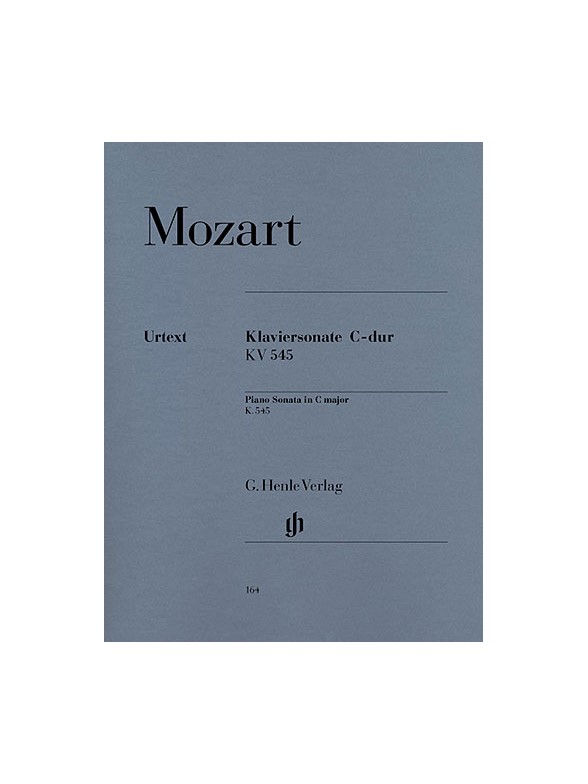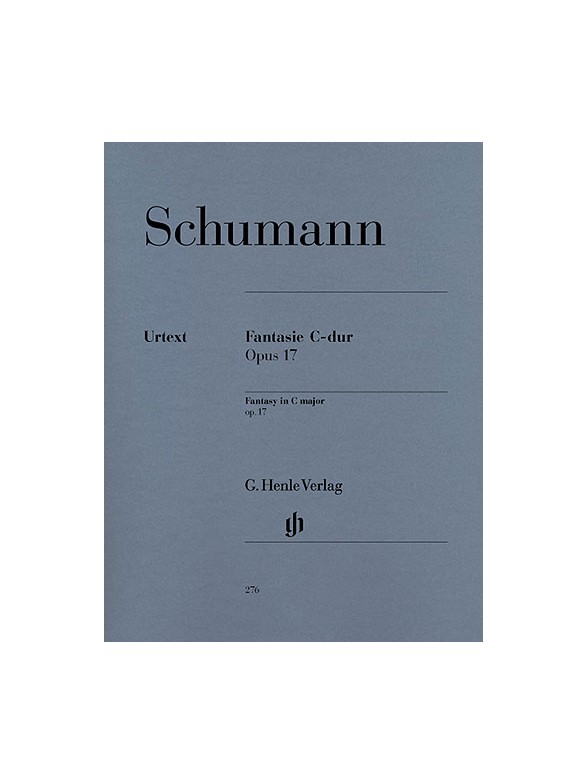Symphony C major Hob. I:90
Haydn’s three Symphonies nos. 90–92 might rightly be dubbed his “Paris Symphonies Part II”, as they were commissioned in 1788/89, likewise by the Société Olympique, for which Haydn had already composed his six “Paris Symphonies” nos. 82–87 just a few years earlier. Ironically enough, Haydn would later sell these three a second time to Prince von Oettingen-Wallerstein who requested he “receive 3 new symphonies from him”. Regardless of such mercantile entanglements, Haydn shows himself to be at the full height of his mastery as a symphonist in these works. According to the autograph manuscript, the Symphony in C major no. 90 was completed in 1788 and highlights its festivecharacter with the addition of timpani and trumpets. This study edition adopts the musical text of the Haydn Complete Edition, thereby guaranteeing the highest scholarly quality. An informative preface and a brief Critical Report make the handy score an ideal companion for all current and soon-to-be Haydn fans. Haydn’s three Symphonies nos. 90–92 might rightly be dubbed his “Paris Symphonies Part II”, as they were commissioned in 1788/89, likewise by the Société Olympique, for which Haydn had already composed his six “Paris Symphonies” nos. 82–87 just a few years earlier. Ironically enough, Haydn would later sell these three a second time to Prince von Oettingen-Wallerstein who requested he “receive 3 new symphonies from him”. Regardless of such mercantile entanglements, Haydn shows himself to be at the full height of his mastery as a symphonist in these works. According to the autograph manuscript, the Symphony in C major no. 90 was completed in 1788 and highlights its festivecharacter with the addition of timpani and trumpets. This study edition adopts the musical text of the Haydn Complete Edition, thereby guaranteeing the highest scholarly quality. An informative preface and a brief Critical Report make the handy score an ideal companion for all current and soon-to-be Haydn fans.











































